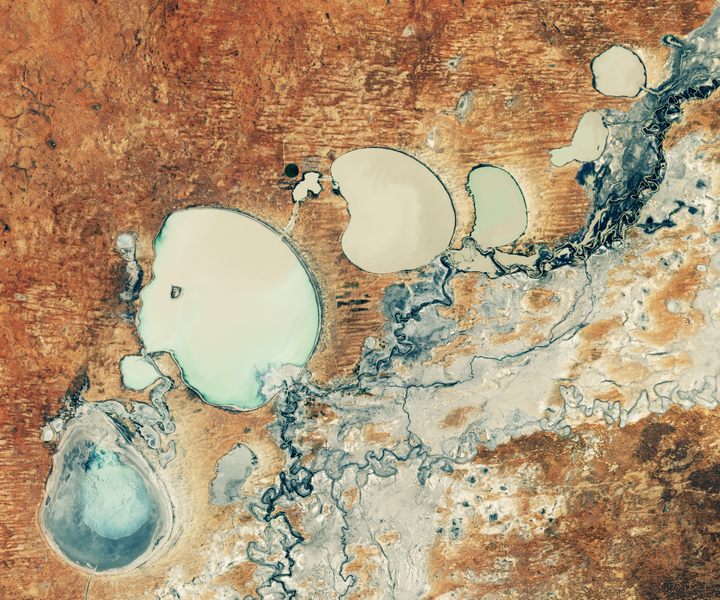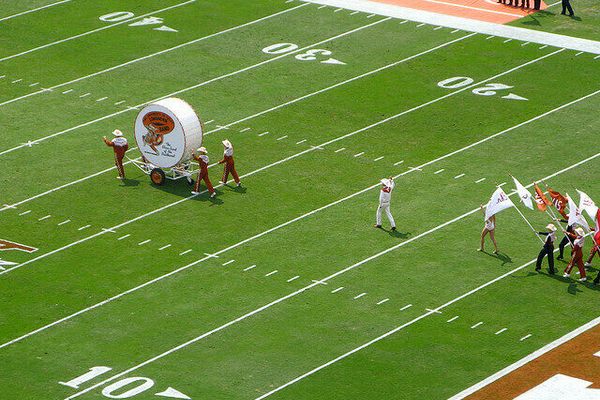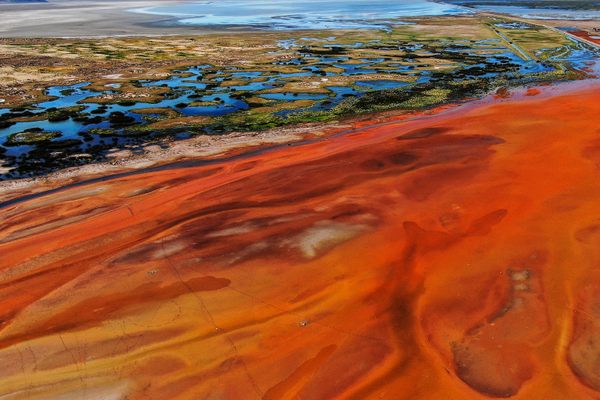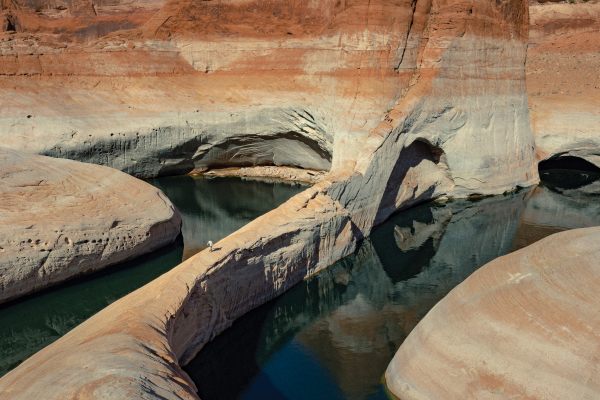
An Australian Lake Returns to Life Amid Controversy and Hope
The revival of Lake Menindee is the latest chapter in a battle over water management, environmental protection, and indigenous rights.
(Update! The lakes have continued to fill thanks to an unusually long-lasting La Niña event—a weather pattern that brings increased precipitation to much of Australia. On May 2, the lakes attained one of the highest levels recorded in the last decade (see image at bottom). While the heavy rains ensure that the Lake Menindee system won’t run dry anytime soon, they have also caused devastating flooding in several areas.)
On a bright, cloudless April morning, the water began to flow. As the dam gates opened, the welcome flood sheeted down a concrete spillway and onto cracked, orange-brown ground for the first time in five years. Here, in a remote corner of New South Wales, Lake Menindee, the largest of nine lakes strung together like a beaded necklace, was finally becoming a lake once more.
A few weeks later, when a satellite zipped overhead, it captured Lake Menindee and its kin, milky pearls on a red desert backdrop. The lakes were slowly filling with floodwaters released from the Darling River, also known as the Baaka. By early July, according to ABC News, wildlife had returned, from pied cormorants and other waterfowl to yabbies, a type of crayfish that burrow deep underground—and stay there for years—to survive drought. As of August 30, the Menindee Lakes System was at nearly 87 percent capacity, according to Water NSW. While locals welcomed the revival of Lake Menindee and other lakes in the system, the renewal is a brief respite in a decades-long battle.

The Menindee Lakes System grew out of a curving line of shallow depressions that filled whenever the Darling-Baaka naturally overran its banks in the rugged, drought-prone landscape. For more than half a century, however, the government has used a series of dams, canals, and other infrastructure to manage the lakes as a water source for local communities and farms. At least, that was the plan.
The lakes are at the center of a long and bitter fight over water management, indigenous rights, and conservation. As more and more water is diverted from the Darling upstream for irrigation, the ecosystem’s overall resilience is declining and mass fish kills have increased in severity: A series of kills in the summer of 2018–19 left an estimated one million fish dead. BirdLife International has designated the lake system and surrounding area, home to nearly a quarter-million waterbirds, as in danger because of human activity and reduced freshwater flow. Toxic algal blooms have contaminated the local drinking water supply.

For the Barkindji, or People of the River, the Baaka and the Menindee Lake System have provided important lifeways for millennia, and sacred places, including burial sites, abound in deposits of soft sediment around the lakes. “I can’t even tell you how many burial sites there are out in that country,” said Barkindji elder Barbara Quayle in a 2020 video posted on YouTube. Quayle and other elders hope to raise awareness about how a contentious new plan for the lakes’ management—including more canals and a pipeline—will destroy culturally significant areas and destabilize the lakes’ water levels even more, potentially rendering some of them permanently dry. “Without the lakes, we will lose a lot of our culture and heritage,” said Quayle. “We need the water out in the system.”
“Without the Baaka,” Quayle said of the river that sustains the lake system, “There is no Barkindji people.”

This story originally ran in 2021; it has been updated for 2022.

















Follow us on Twitter to get the latest on the world's hidden wonders.
Like us on Facebook to get the latest on the world's hidden wonders.
Follow us on Twitter Like us on Facebook